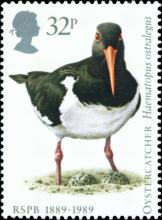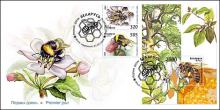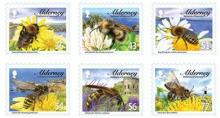Songbirds in decline across Canada
- Read more about Songbirds in decline across Canada
- Log in to post comments
It’s a sure sign of spring when the chorus of songbirds once again returns to our region. Recent mornings, I’ve awoken to the sounds of robins chirping, the tune of a white-throated sparrow and the gentle cooing of morning doves. The silence of the winter has broken. Imagine for moment if that winter silence continued into spring and summer. Unfortunately, it’s a scenario that could very well unfold as we’ve seen sharp declines in the number of songbirds over the past few decades. Birdsong that has graced the Earth for millions of years, and for all of human history, could soon be stilled in a human-made perfect-storm of negligence and unintended consequences. A film that was shown on CBC-TV last week, Song Bird SOS, shines light on the ever-growing decline of songbirds, and outlines some of the potential causes. You can view the documentary at cbc.ca.










